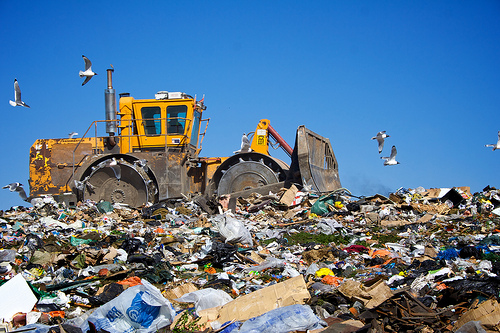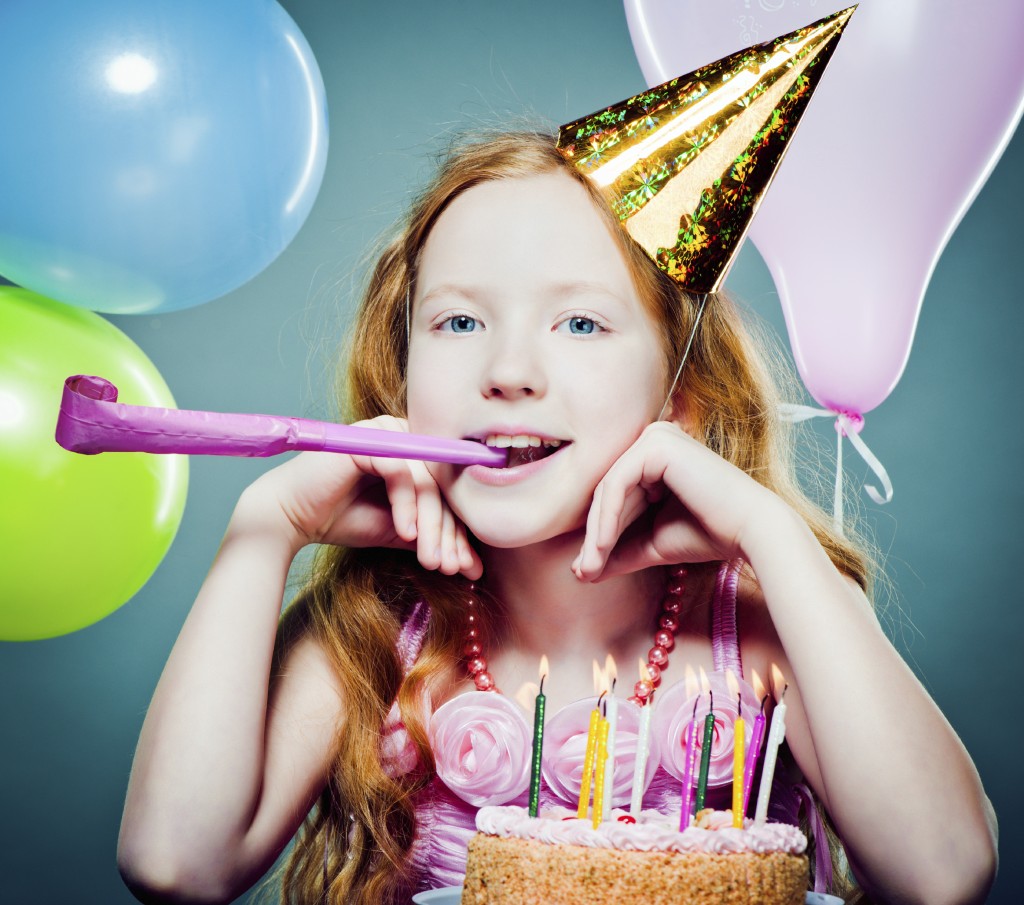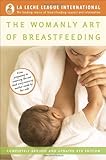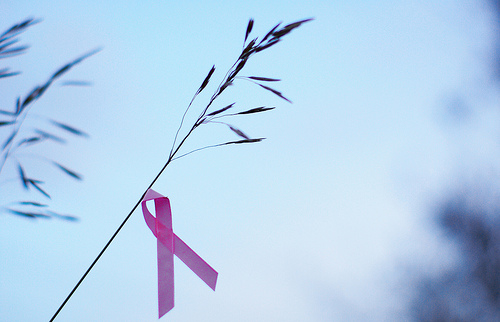SARAH CYNTHIA SYLVIA STOUT WOULD NOT TAKE THE GARBAGE OUT
Shel Silverstein – 1969
Luckily people do not generally have the waste building up in their homes that Sarah Cynthia Sylvia Stout allowed. Although, wow those parents must have been determined to not give in when she did not take the garbage out!
But, what if?
What if we didn’t even have the option to put our garbage out every week?
If you take the somewhat silly, hypothetical situation that Shel Silverstein created and ask the serious question, there are plenty of ways to deal with all the garbage that piles up in her home and eventually across the country. It’s called composting, plus reducing, reusing, recycling.
 photo credit: D’Arcy Norman
photo credit: D’Arcy Norman
In the past 30 years, the amount of municipal solid waste has grown by 60% – surpassing 254 million tons per year, according to the EPA. Americans produce about 243 million tons of waste, or about 4.3 pounds of waste per person every single day.
That is ridiculous.
Those numbers make Wall-E look not so unbelievable as a potential future. I only hope that this generation coming of age and the one after that really are learning from the mistakes of the past. I wrote a high school essay that I remember to this day that all kids have to make their own mistakes. They can’t take their parent’s word for it.
I still believe that.
I also believe that there is hope. I believe there is ingenuity. I believe there is passion. That is what will get our children through, healthy and happy. The planet will remain, whether we continue to destroy our health is another thing.
So, the garbage. What do you throw away that could be reused, recycled, or composted?
We recently started composting everything we possibly could (mostly kitchen scraps, newspaper, and yard waste) and reduced our weekly amount that goes in the garbage bin immensely. It is truly amazing. Plus once it does its magic we will have the most inexpensive, nutrient rich mulch and soil amendments for our garden! If Sarah Stout had composted, nearly all her garbage would be nonexistent.
But there is plenty of other garbage Shel Silverstein could have used in his entertaining poem. Perhaps it wouldn’t have rhymed quite so well with that lovely cadence, but the garbage is real all the same.
In our home, we have also begun recycling everything possible, which includes what can be recycled curbside and what needs to be taken to a more specialized recycling center. It does take a little more work, but if I had to either hold onto to it or transport it a few miles so it can go to a better use, then it wouldn’t be sitting in my house in this hypothetical situation or a landfill in the real world. If I plan my trips wisely, then I feel terrific about this little contribution.
Reducing can take on so many forms. I believe it starts with reusable products: cloth diapers, cloth napkins, stainless steel water bottles, and lunch items. It continues when you realize that it is worth it to spend a little more on quality items that are meant to last a lifetime or more. It ends when you realize that you have more stuff than you could ever possibly use and the solution is to stop bringing new stuff into your home.
Even though the question was “what if?” I want to know what you can do now. That garbage you put out every week doesn’t disappear magically. We already have states that feel the need to ship their garbage across a vast ocean because they are running out of room. It isn’t the first time and it certainly won’t be the last. As people demand more and save less, what will that mean for the rest of us?
I have said it before and I will say it again: baby steps are the key to a long-term solution. What is one step you can take now to reduce the amount of waste going to the landfills?











